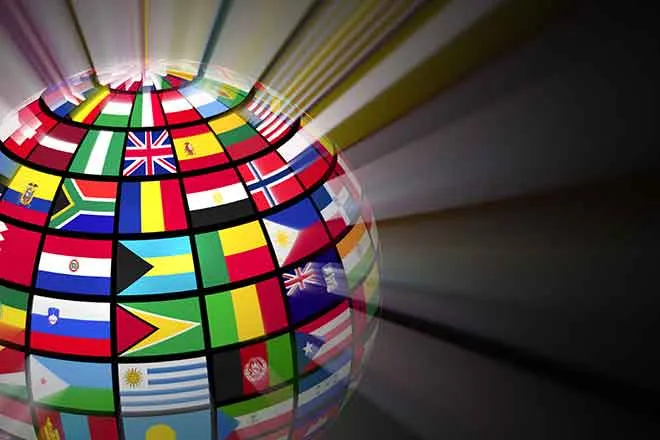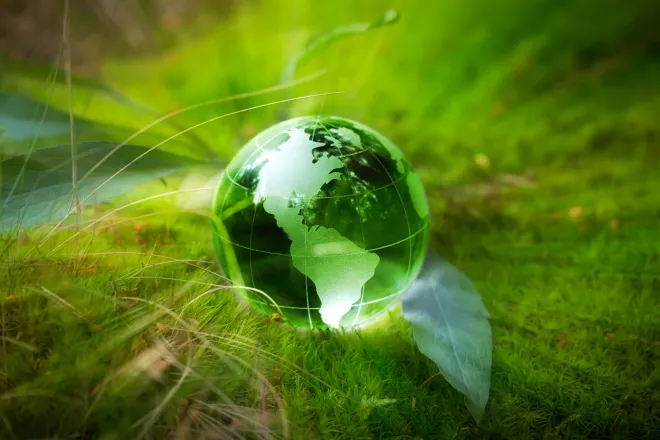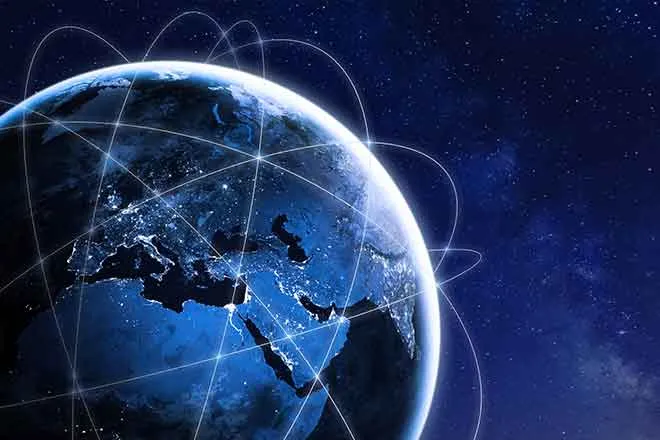
EarthTalk - Could the collapse of the Gulf Stream cause another ice age?
© iStock
Dear EarthTalk:
Could the supposedly imminent collapse of the Gulf Stream cause another ice age?
B.L., San Francisco, CA
The Atlantic Meridional Overturning Circulation (AMOC)—aka the “Gulf Stream”—is a vital system of ocean currents, driven by temperature and salinity disparities at various locales and depths. Warm surface waters are propelled poleward by winds and tides. At the poles, the water cools, forming ice crystals devoid of salt and nutrients. The denser salt and nutrients sink to the cooler waters below, while warmer, less dense waters rise. This transports warmth and nutrients to the coasts of Africa and the Americas. In essence, the AMOC serves as a conveyor belt that transports nutrients and heat all around the globe.
Why are people worried about a Gulf Stream collapse? Rising global temperatures cause rapid melting of polar ice caps, introducing non-saline water. This dilutes deep currents, weakens AMOC’s upwelling, and disrupts circulation. Freshwater doesn't sink rapidly, leading to a “traffic jam.” University College London researcher David Thornalley reports that the AMOC is at its weakest point in 1,600 years.
The future of AMOC is debated. Some predict it will halt; others foresee a slowdown. Some believe the point-of-no-return will come in 2025 while optimists believe we have until 2095 to stabilize the situation. Regardless, scientists have reached a consensus on the consequences of melting polar ice. The U.S. East Coast will certainly experience flooding and cooling. The Gulf Stream brings warm waters along the east coast of North America. If it stops completely, the East Coast may experience a 9°F cooldown within a decade. The National Oceanic and Atmospheric Administration (NOAA) estimates that water levels are rising at a rate of one inch every three years. Between now and 2050, coastal sea levels are projected to rise one to four feet. Areas like Miami, New Orleans, Atlantic City, Manhattan, Long Island, San Francisco, San Diego and Honolulu could face severe infrastructure damage from flooding. This is not a global-scale Ice Age, but it certainly implicates grave repercussions.
Areas in Africa and Asia will grapple with drought. The AMOC brings monsoonal rainfall to areas in West Africa and South Asia. Without this circulation, countries such as Sudan, Senegal, India and Thailand will encounter drought. The supply of freshwater for human activities and agriculture will be jeopardized. The Amazon Rainforest may transform into a savanna. The AMOC brings rainfall to the Amazon Rainforest. Without this precipitation, Harvard researchers hypothesize that this tropical forest may transition into a dry savanna. The Amazon would absorb less carbon dioxide and produce less oxygen. In addition, the over three million Amazon species will struggle to survive.
Biodiversity in aquatic ecosystems will decline. The AMOC transports nutrients and oxygen. Without the circulating presence of these organic materials, populations of life forms on all tiers of the food chain will most likely dwindle. Though neither the collapse of the Gulf Stream nor a modern-day Ice Age are guaranteed, the declining rate of the AMOC poses serious threats to our current way of life and the survival of other organisms around the globe. Reining in carbon emissions at home and around the globe is our only hope of avoiding this among many cataclysmic natural disasters in the years to come.
CONTACTS
- Gulf Stream current could collapse in 2025, plunging Earth into climate chaos, https://www.livescience.com/planet-earth/climate-change/gulf-stream-current-could-collapse-in-2025-plunging-earth-into-climate-chaos-we-were-actually-bewildered
- The Collapse Of The Gulf Stream — An Epitaph For A Dying Planet, https://cleantechnica.com/2023/07/27/the-collapse-of-the-gulf-stream-an-epitaph-for-a-dying-planet/.















